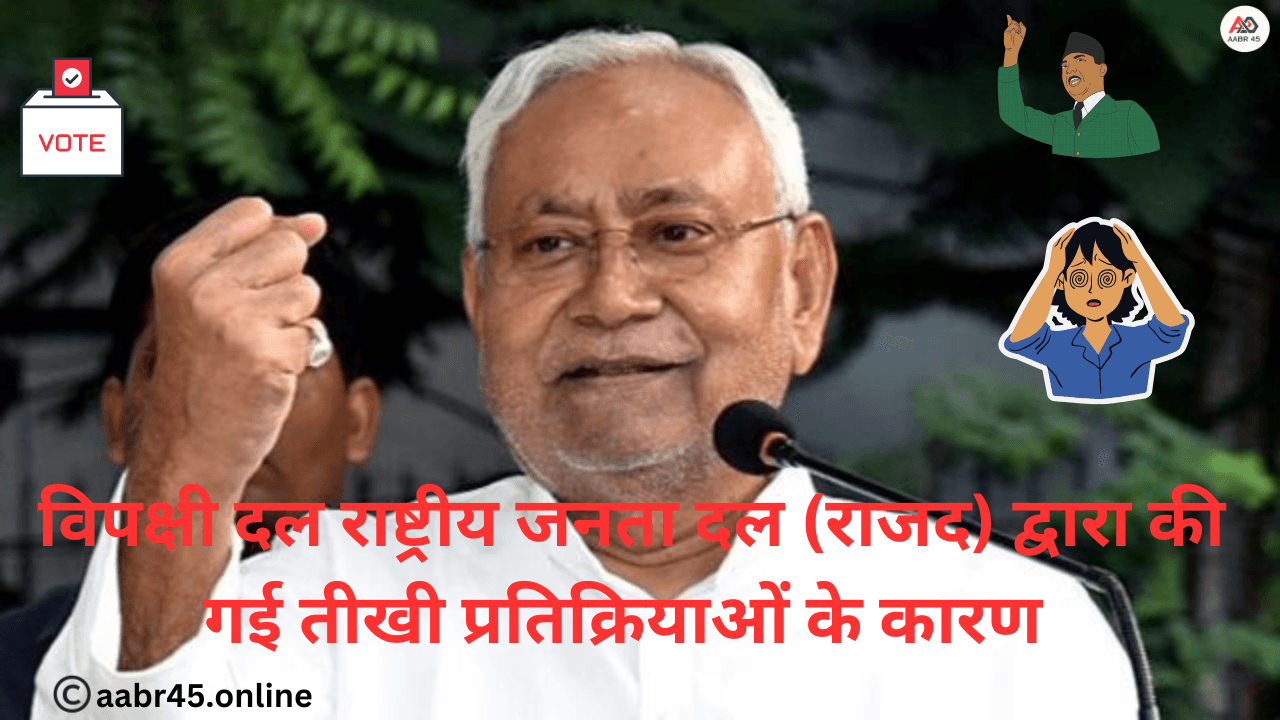In the labyrinth of Indian politics, the relentless targeting of Arvind Kejriwal, the Chief Minister of Delhi and leader of the Aam Aadmi Party (AAP), by the Bharatiya Janata Party (BJP) unveils a tale of strategic maneuvering and ideological clashes. This article aims to dissect the major reasons behind the BJP’s focus on Kejriwal, while also considering the AAP’s perspective on the BJP’s actions.

1. Ideological Discord:
From the BJP’s perspective, the ideological discord between Arvind Kejriwal’s AAP and the ruling party serves as a primary catalyst for the ongoing conflict. Kejriwal’s AAP champions principles of anti-corruption, grassroots governance, and social welfare, which diverge sharply from the BJP’s narrative of Hindu nationalism and economic development. This clash of ideologies forms the foundation of the BJP’s targeting of Kejriwal, as the AAP’s emphasis on transparency and accountability challenges the BJP’s traditional power structures.
Conversely, from the AAP’s standpoint, the BJP’s ideology represents a departure from inclusive governance and secular principles. The AAP views the BJP’s emphasis on Hindu nationalism as divisive and exclusionary, posing a threat to the secular fabric of the nation. Thus, the ideological discord between the two parties fuels mutual animosity and shapes their interactions on the political stage.
2. Political Maneuvering:
For the BJP, targeting Arvind Kejriwal is not only a matter of ideological differences but also a strategic political maneuver aimed at securing electoral gains. With the Lok Sabha elections looming large, Delhi emerges as a crucial battleground for the BJP. Kejriwal’s AAP, with its significant presence in the national capital, poses a formidable challenge to the BJP’s electoral aspirations. By targeting Kejriwal, the BJP aims to weaken the AAP’s influence and bolster its own electoral prospects.
Conversely, the AAP perceives the BJP’s targeting of Kejriwal as a desperate attempt to cling to power and suppress dissenting voices. From the AAP’s perspective, the BJP’s aggressive tactics represent a betrayal of democratic principles and an affront to the will of the people. Thus, the BJP’s political maneuvering is viewed by the AAP as a threat to the democratic fabric of the nation.
3. Electoral Calculations:
The BJP’s targeting of Arvind Kejriwal is intricately linked to its electoral calculations and aspirations. The AAP’s governance record in Delhi, marked by initiatives such as mohalla clinics, improvements in education and healthcare, and subsidized utilities, has earned it praise and popularity among the masses. However, the BJP seeks to undermine Kejriwal’s achievements by highlighting alleged governance failures and administrative lapses, thereby denting the AAP’s electoral appeal.
Conversely, the AAP views the BJP’s electoral calculations as driven by a quest for power at any cost. From the AAP’s perspective, the BJP’s relentless targeting of Kejriwal reflects its fear of losing ground to a party committed to inclusive governance and social justice. Thus, the BJP’s electoral calculations are perceived by the AAP as an attempt to subvert the democratic process and consolidate power through divisive tactics.
4. Power Dynamics:
The ongoing power struggle between the AAP-led Delhi government and the BJP-led central government further exacerbates tensions between the two parties. The BJP’s efforts to assert control over key administrative functions and institutions in Delhi, coupled with its opposition to Kejriwal’s demand for statehood, reflect a broader conflict over the distribution of power between the center and the states.
Conversely, the AAP views the BJP’s centralization of power as a threat to the autonomy of regional parties and the federal structure of the nation. From the AAP’s perspective, the BJP’s attempts to undermine Kejriwal and the Delhi government represent an assault on the principles of federalism and democratic governance. Thus, the power dynamics between the two parties are characterized by a struggle for control and autonomy.
5. Diversionary Tactics:
In addition to ideological clashes and electoral calculations, the BJP’s targeting of Arvind Kejriwal serves as a diversionary tactic to deflect attention from its own governance record and policy shortcomings. By keeping Kejriwal embroiled in controversies and distractions, the BJP seeks to shift the focus away from issues such as unemployment, economic slowdown, and social unrest, thereby safeguarding its own political interests.
Conversely, the AAP views the BJP’s diversionary tactics as a desperate attempt to evade accountability and responsibility. From the AAP’s perspective, the BJP’s relentless targeting of Kejriwal is an admission of its failure to address pressing issues facing the nation. Thus, the BJP’s diversionary tactics are seen by the AAP as a betrayal of the people’s trust and a betrayal of the democratic process.
In conclusion, the BJP’s targeting of Arvind Kejriwal is driven by a combination of ideological discord, political maneuvering, electoral calculations, power dynamics, and diversionary tactics. While the BJP seeks to consolidate power and secure electoral gains, the AAP perceives these actions as a threat to democratic principles and inclusive governance. As the political landscape continues to evolve, the dynamics between the BJP and the AAP will shape the future trajectory of Indian politics.






